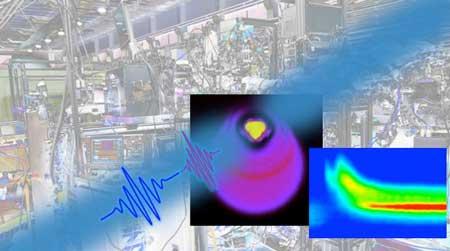
Helium nanodroplets – fascinating quantum fluid clusters with great potential for basic and applied research
Date13th Jan 2022
Time05:00 PM
Venue Online
PAST EVENT
Details
Helium nanodroplets are unique quantum fluid clusters that have fascinated physicists and chemists for over 40 years. On the one hand, their fundamental properties such as their fast cooling to 0.37 K giving rise to superfluidity, and the quantization of rotation in quantum vortices are subjects of ongoing research. On the other hand, helium nanodroplets are widely used as nanometer-sized cryo-matrices for isolating, cooling, and aggregating molecules and exotic complexes to be studied by spectroscopy or post deposition on a substrate. While mostly IR and VIS/UV spectroscopy is used to study embedded species, XUV radiation generated by synchrotrons, free-electron lasers or high-harmonic sources probes ultrafast electronic interactions and decay processes involving both the embedded molecule and the helium host matrix. In my talk, I will present recent experiments on XUV-excited and ionized pure and doped helium nanodroplets which were performed at various European facilities. A variety of non-local electronic decay processes has been evidenced where energy or charge is transferred from the guest to the host and vice versa [1-5], facilitated by the peculiar electronic and quantum fluid properties of helium nanodroplets.
[1] A. C. Laforge et al. PRL 116, 203001 (2016)
[2] A. C. Laforge et al. Nat. Phys. 15, 247 (2019)
[3] M. Mudrich et al., Nat. Commun. 11, 112 (2020)
[4] A. C. Laforge et al., PRX 11, 021011 (2021)
[5] R. Michiels et al., PRL 127, 093201 (2021)
Speakers
Marcel Mudrich
Physics

